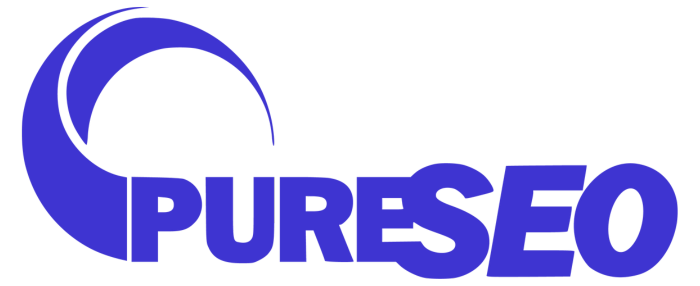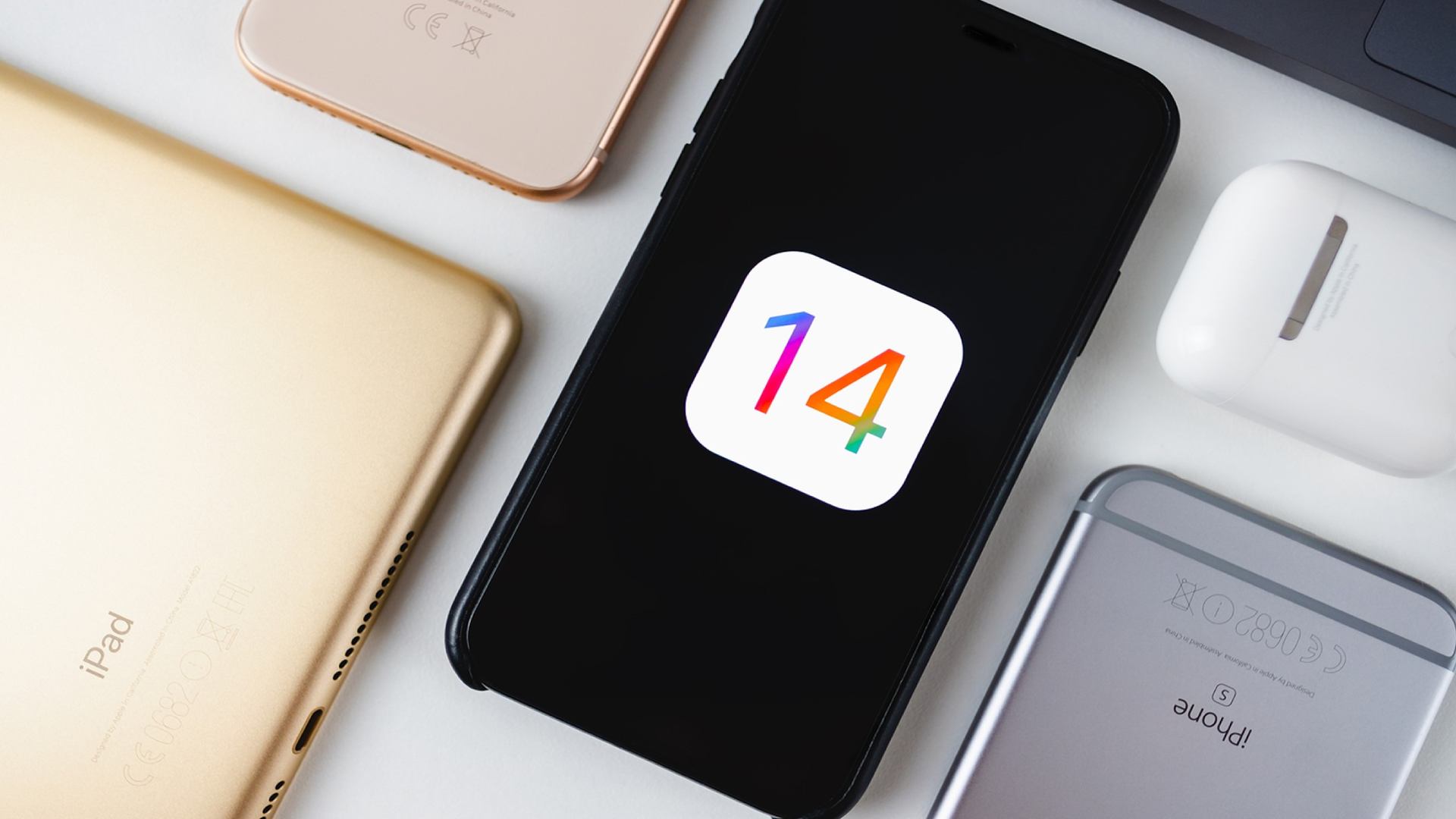
Keep it short
Domain names should always be easy to type, to say and to remember, and therefore it’s always best to keep your domain name as short as possible while still conveying the important information. As you can see when looking through the world’s most visited websites, there is not a website in the Top 50 that has more than 9 characters in their domain name.
A key concept to understand when creating a domain name is process fluency – the theory that we tend to think positively about things that we can understand and pronounce easily. A domain name that is simple and easy to say will be more memorable and favoured by users, who will find it easy to return to your site and to pass on the URL in conversation. This also means that it’s important to stay away from using numbers and other symbols such as hyphens in your domain name.
Brand over Keywords
For many businesses, there will be the temptation to choose a domain name that describes their service exactly, or includes keywords that they believe will drive traffic to their site. You will have likely seen websites with domain names like “watch-movies-online” or “freemoviesnow” appear when searching for a site like Netflix, for example. These are known as EMDs or Exact-match domains, and are undesirable as they are often associated with spammy and unsafe websites, as opposed to reputable brands.
It is vastly preferable to choose a domain name that promotes and enhances your business’ brand, by using an accessible and memorable brand name. This will pay dividends in the future as powerful branding becomes more and more integral to running a successful business. Another key tip here is to double check your chosen domain name, and make sure that it’s not easy to misinterpret – you want your domain name to have only one interpretable meaning!
Choose a high-quality TLD
Top-level domains, or TLDs, are the suffixes that appear at the end of website URLs (for example .com, .org, .net). Again looking through the global most visited websites, .com is by far the most common TLD, with a few notable exceptions, and therefore is the most trusted and advised TLD for businesses. Other TLDs such as .biz can often be associated with less trusted sites, and while it might not affect your SEO ranking, it’s always wise to avoid that kind of association for your fledgling business.
Another option for choosing a TLD is to pick a localised, country-specific option, such as .co.nz or .co.uk – as long as you use the right one for your business’ location! These TLDs can help a business operating primarily in one country, by indicating to potential customers that they are a locally-focussed option. Although Google last year started automatically delivering search results based on the user’s location, country-specific TLDs are still a strong option, as the country code operates as another keyword to match potential customers looking for a local business.
Subdomains or Subdirectories?
A subdomain is a prefix to a domain name, usually linking to a different and distinct part of the site – examples include blog.yoursite.com or shop.yoursite.com. You can also do this with a subdirectory, or subfolder, which is a folder that follows the domain name; for example, yoursite.com/blog/ or yoursite.com/shop/. While subdomains are often easier to set up, for the benefit of your site’s SEO performance it is normally preferable to use a subdirectory, as search engines are more easily able to connect search results for your subfolder to your homepage.
For more information on whether you should be using a subdomain or a subdirectory, you can read our previous blog post on the subject.

















